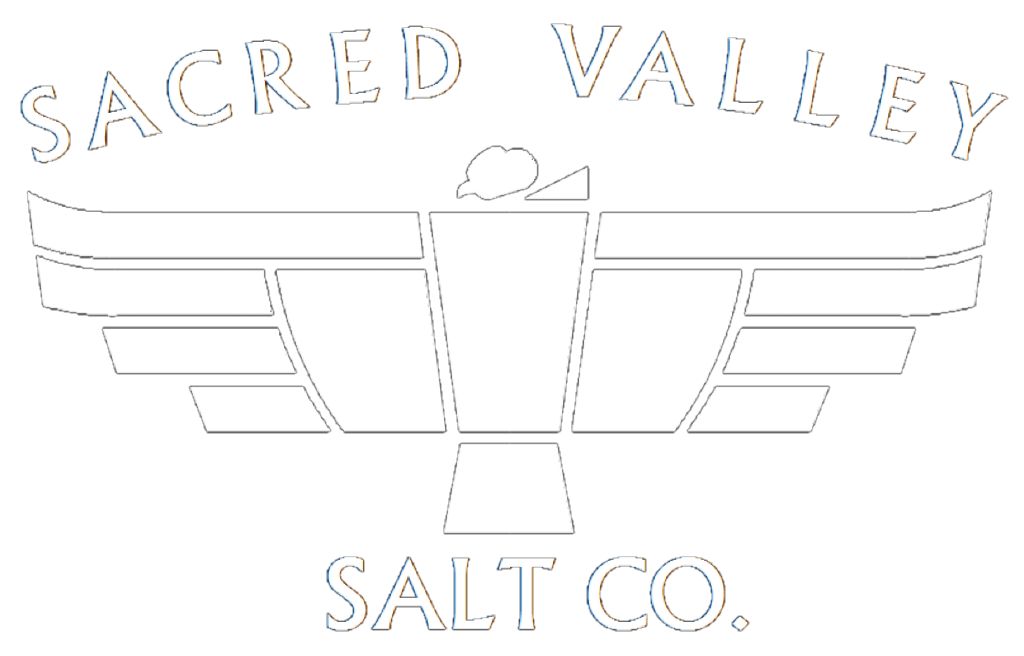While concrete and brick construction is growing more and more popular in the Sacred Valley, the mainstay for nearly all construction has remained essentially unchanged for the past 500 years. This bread and butter of construction is the ubiquitous, biodegradable, locally sourced, handmade, sun dried, universally accessible. . . . ADOBE. (If you’ve visited our photo blog, you may have noticed the post “Building a House with no Nails,” which mentions adobe construction.)
The basic unit of adobe construction is the adobe brick as shown here.
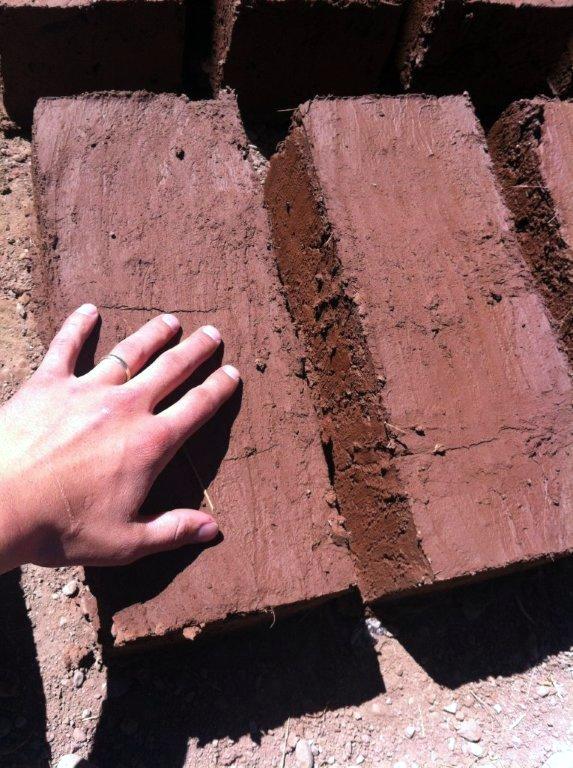 It is basically just mud mixed with a little straw that is packed into a mold and then allowed to dry in the sun. To build your house, all you need is a little more mud for mortar and voila! – you have a nice, solid wall. One small problem: When your wall gets wet, it turns into mud again and begins to erode as shown here.
It is basically just mud mixed with a little straw that is packed into a mold and then allowed to dry in the sun. To build your house, all you need is a little more mud for mortar and voila! – you have a nice, solid wall. One small problem: When your wall gets wet, it turns into mud again and begins to erode as shown here.
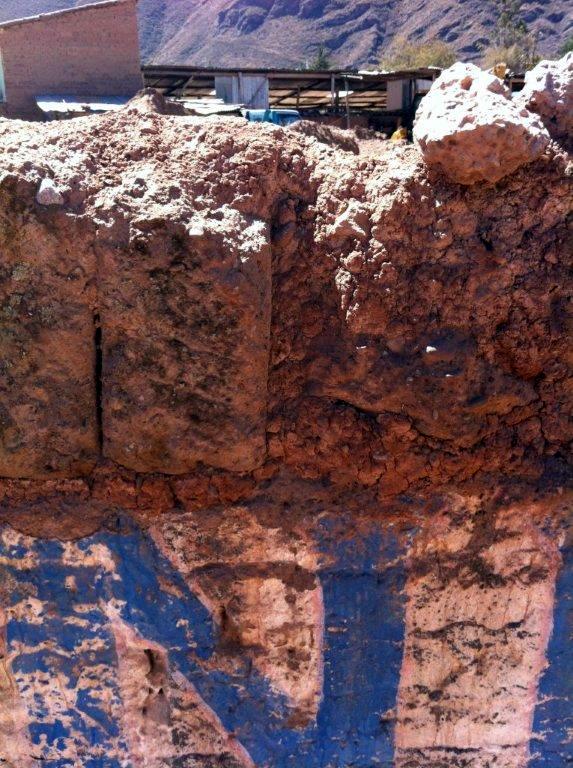 To solve this, people often put a little roof on their adobe walls:
To solve this, people often put a little roof on their adobe walls:
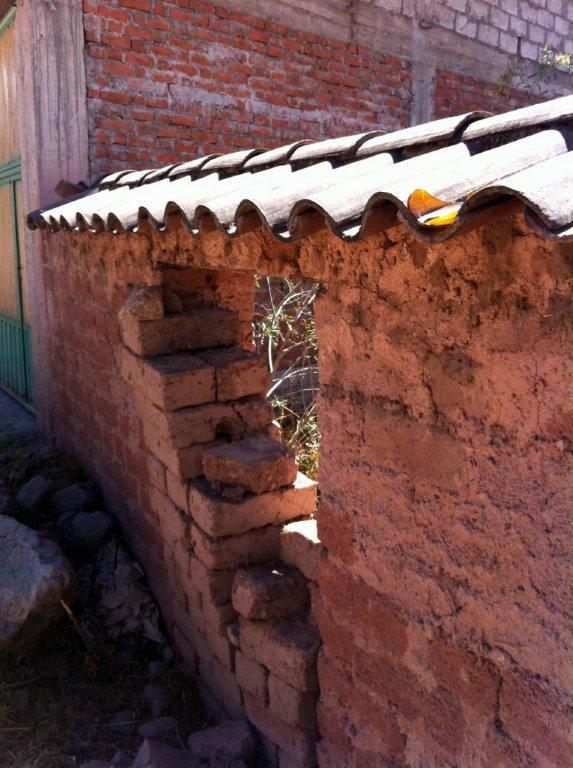 This solves 90% of the problem, but the bottom of the wall can still get soft and erode as the rainwater lands on the ground and spatters onto the base. To solve this problem, many adobe walls have a sort of foundation made of stones or concrete as you can see below.
This solves 90% of the problem, but the bottom of the wall can still get soft and erode as the rainwater lands on the ground and spatters onto the base. To solve this problem, many adobe walls have a sort of foundation made of stones or concrete as you can see below.
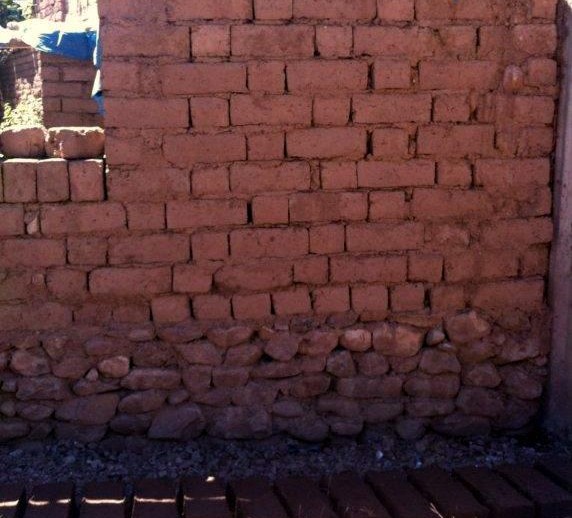
Of course, not everyone wants to be bothered with protecting the base of their wall – with predictable results:
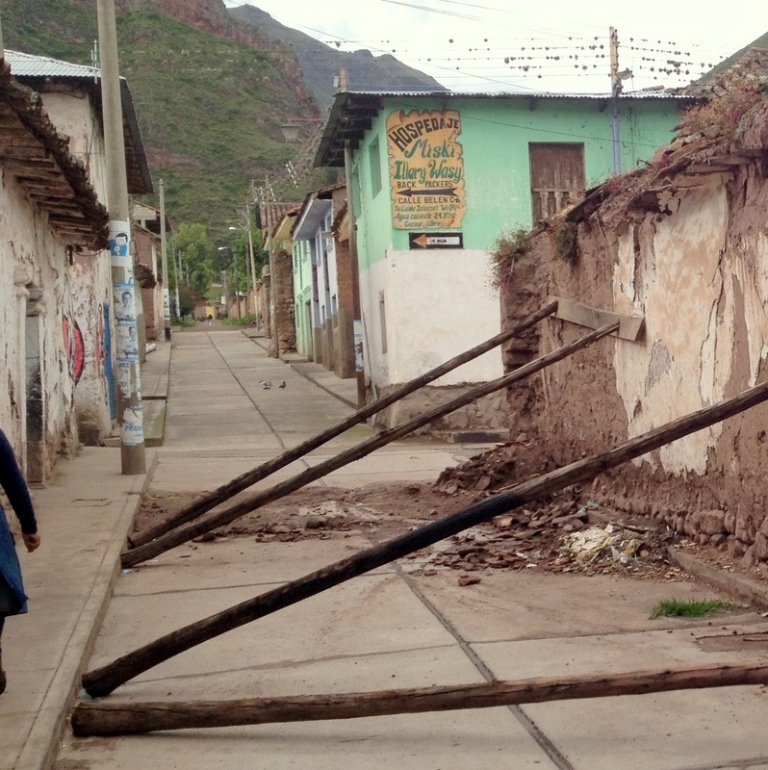
An adobe wall that is kept dry like this can last for many, many years. If you are building a house out of it though, it may be somewhat unappealing to have all of your walls made out of dirt. At this point, you can spruce things up a little by putting on a layer of plaster and paint. It can come out looking pretty sharp. Here we see the contrast between a plastered and bare wall:
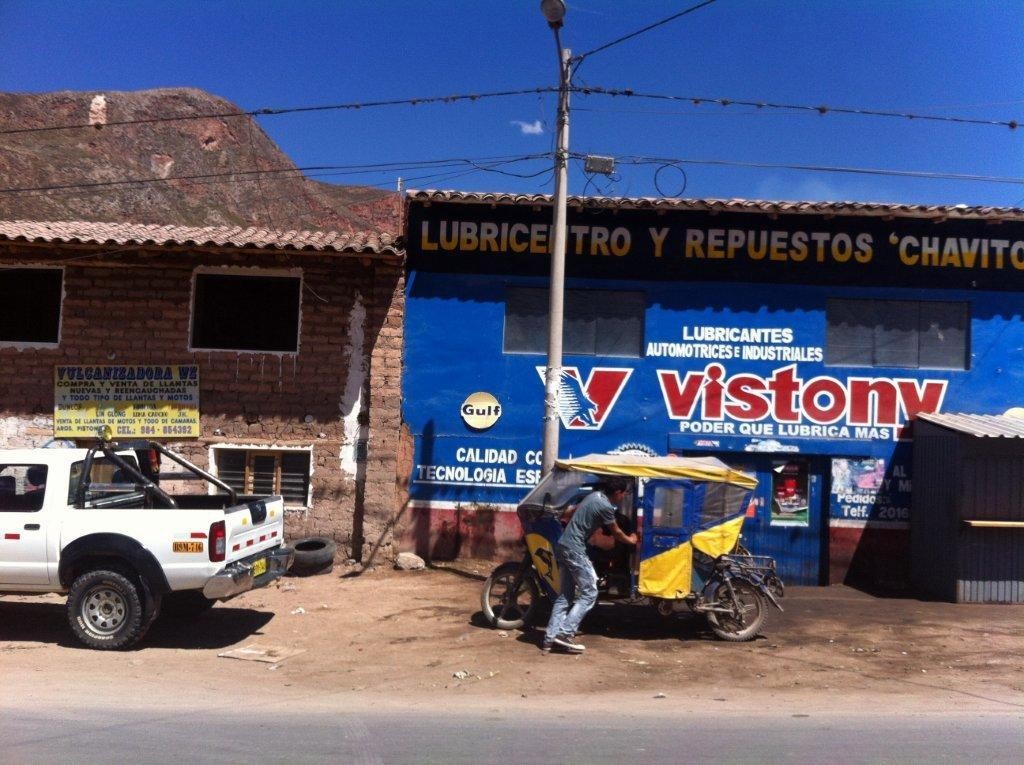 (If you look carefully you can also see in this picture where a power line enters the house and is patched with yeso, a locally made plaster. You’ll also notice that the building is two stories.) Adobe construction can look so well finished that the only way to tell that it was used is the width of the walls. Typical adobe wall width ranges from 4 feet in old, colonial style buildings to about two feet in most modern, private homes. Whenever you live in an adobe home, you always have built-in shelving on all the window sills. On the whole, adobe construction provides excellent insulation and is just as comfortable as any stick-built house that you would find in the States. (Only WAY cheaper).
(If you look carefully you can also see in this picture where a power line enters the house and is patched with yeso, a locally made plaster. You’ll also notice that the building is two stories.) Adobe construction can look so well finished that the only way to tell that it was used is the width of the walls. Typical adobe wall width ranges from 4 feet in old, colonial style buildings to about two feet in most modern, private homes. Whenever you live in an adobe home, you always have built-in shelving on all the window sills. On the whole, adobe construction provides excellent insulation and is just as comfortable as any stick-built house that you would find in the States. (Only WAY cheaper).
